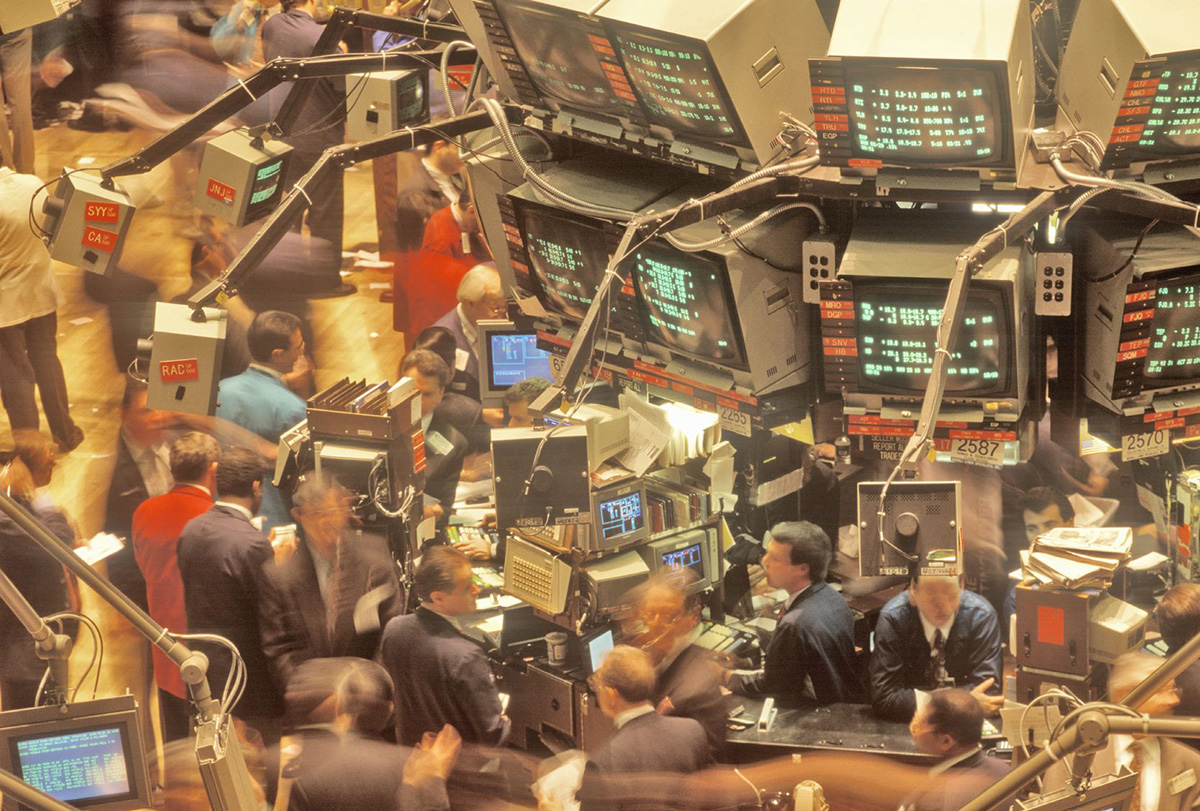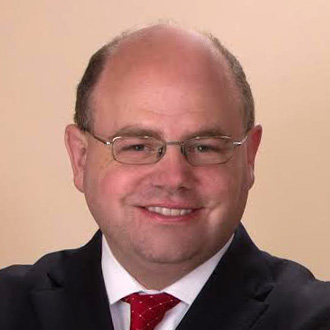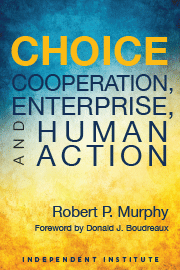As 2016 opened, the U.S. stock market had the worst starting week in its history. Investors and analysts understand that the Federal Reserve’s December interest-rate hike may have had something to do with the sour turn, but the connection between the central bank and the equity markets since 2008 has been uncanny. However, the Austrian school of economics teaches us that, unfortunately, a boom built on Fed inflation is unsustainable.
This chart shows the remarkable fit between the U.S. “monetary base” (one measure of the money supply, which is directly controlled by the Fed) and the S&P 500 stock index.
Since early 2009, whenever the monetary base expanded (because of another round of “quantitative easing, ” or QE) the stock market surged, and whenever things leveled off, the markets began to turn around. Since the Fed’s rate hike in December, the Fed has reduced the monetary base by (temporarily) sucking reserves out of the system through “reverse repo” operations.In addition to expanded reverse repo operations, the Fed in December also increased the interest rate that it pays on reserves to commercial banks to 0.5 percent (or what is called 50 “basis points”).
These moves are somewhat complex to novices, but the takeaway message is that the Fed wants to tighten monetary policy by causing interest rates to rise. The textbook maneuver to accomplish this goal would be for the Fed to sell off assets and permanently remove reserves from the banking system. (When the Fed sells, say, $10 million worth of bonds to a private entity, the entity writes a check for $10 million and then that money disappears from the system.) The smaller amount of reserves causes commercial banks to scramble harder to borrow them, raising the interest rate that commercial banks charge each other. This is the “federal funds rate,” the official target that the Fed announces at its policy meetings.
However, this time around things are different. Even though the Fed wanted to begin tightening by raising rates in December, it did not want to sell off assets, which consist primarily of mortgage-backed securities and Treasury debt. Since late 2008 the Fed has bulked up on these assets, with its balance sheet growing from about $900 billion pre-crisis to some $4.5 trillion today. Fed officials are reluctant to begin a mass sell-off of these holdings because it would presumably undo all of the (alleged) benefits of the Fed’s rounds of QE for the housing market and economy more generally.
Thus the Fed has painted itself into a corner. Officials want to end the era of zero interest rates, but they don’t want to begin unwinding the unprecedented monetary influx of that period. That is why they have resorted to using reverse repos and paying interest on reserves in effect to pay commercial banks not to make loans to their customers.
Putting aside the minute details, we can see the big picture. The Federal Reserve is trying to micromanage the economy, adding “stimulus” here and raising rates there, in order to get it juuuust right and spur growth without causing too much price inflation. But Austrian-school economists teach us that this enterprise is foolhardy. The source of the boom-bust cycle is precisely this tinkering and planning by the central bankers.
For example, one of the major reasons we had a financial crisis in 2008 in the first place is that the Fed (under Alan Greenspan) had slashed rates to 1 percent from 2001 to 2003, after the dot-com bubble burst and the 9/11 attacks. That decision helped spawn the housing bubble with its disastrous fallout.
Humans have free will and are inherently unpredictable. Nobody can say exactly what the stock market will do in the future, let alone get the timing perfect. Yet Austrian theory and business history warn investors that the easy-money policies of former Fed chairman Ben Bernanke have set the U.S. economy up for another crash.










